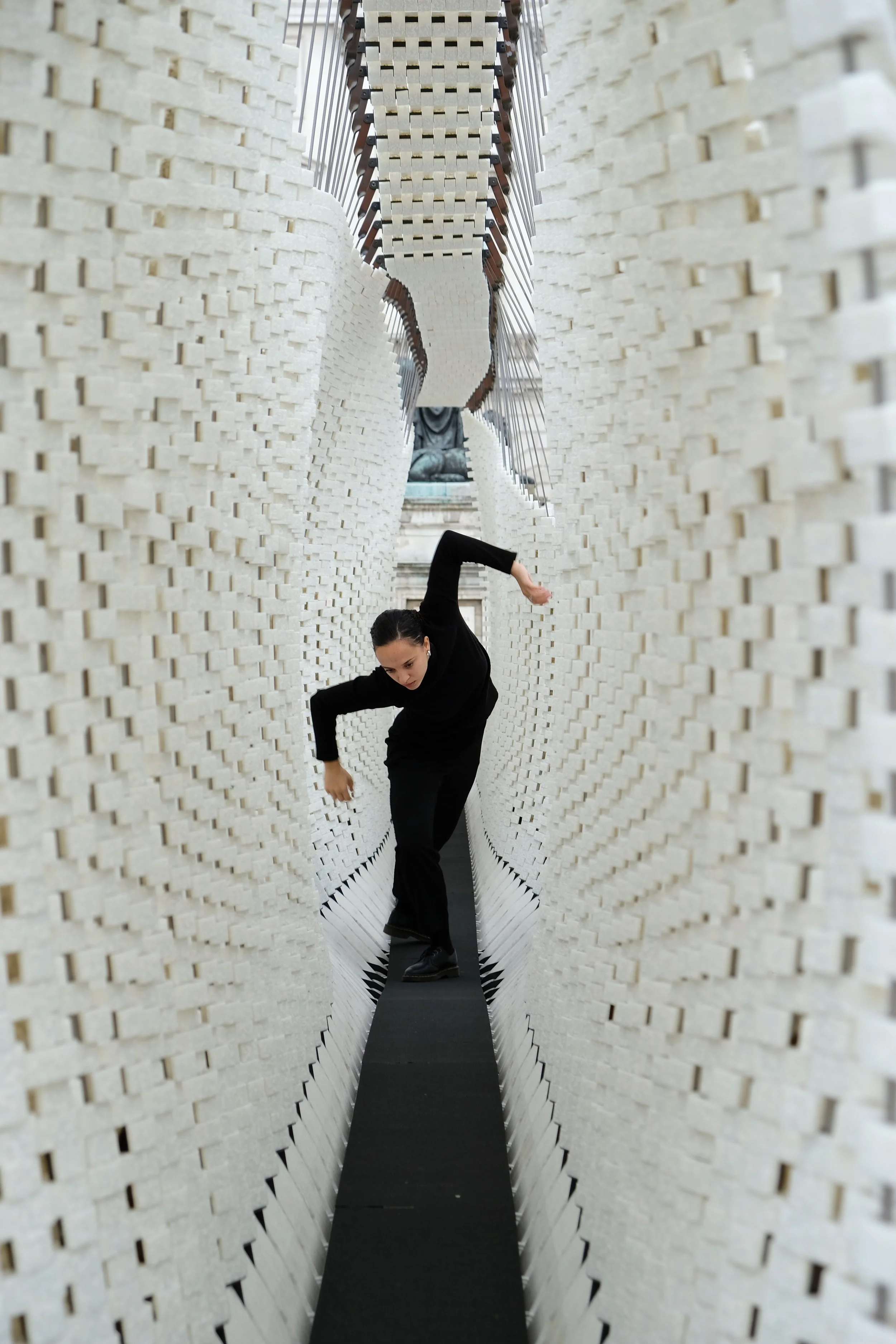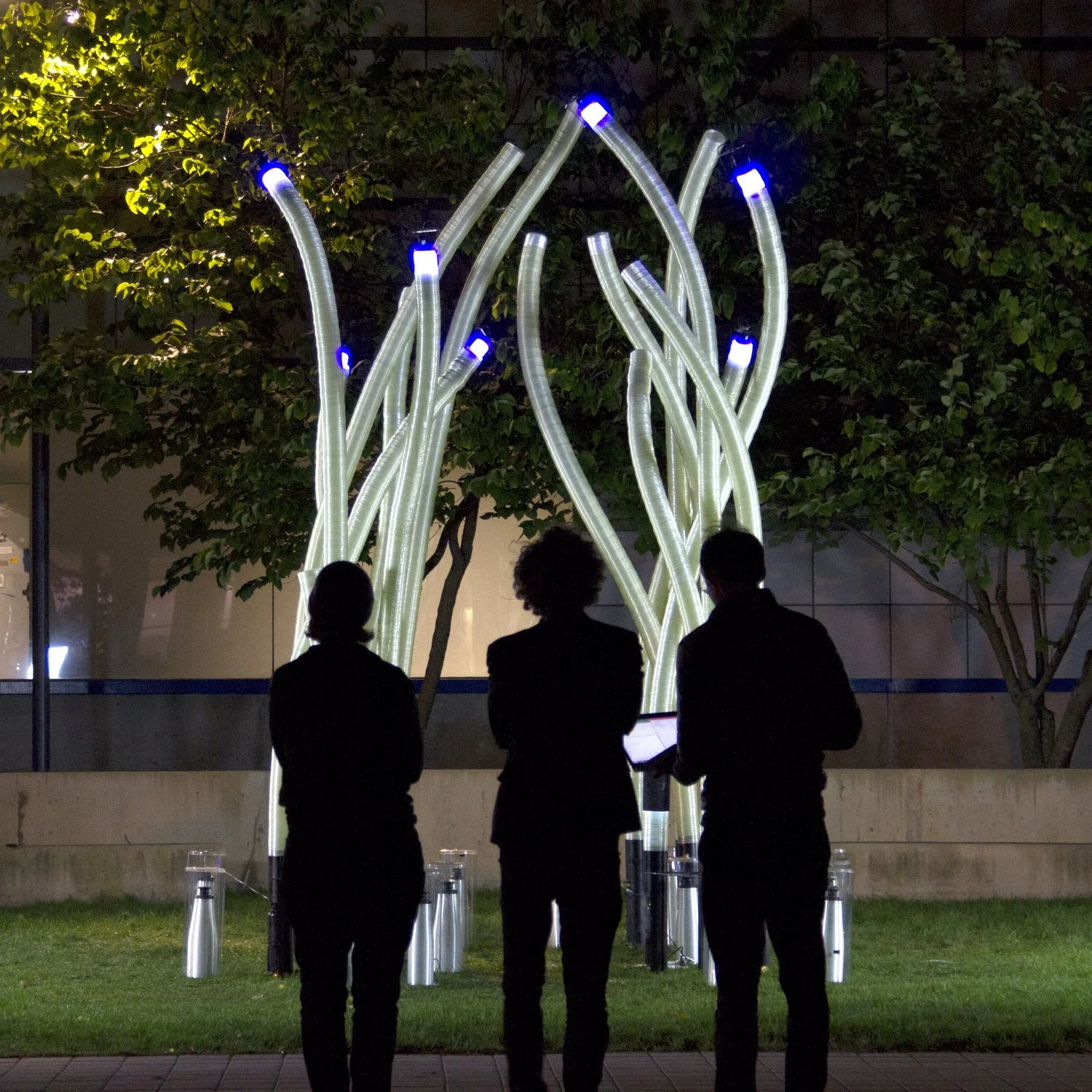P R O L E A R N
Universal Design refers to the design and composition of environments, products, and services that can be accessed, understood, and used by all people, regardless of their age, size, ability, or disability. It aims to create solutions that are inherently accessible without the need for adaptation or specialised design.
Key Principles
Equitable Use: Design is useful and marketable to people with diverse abilities.
Flexibility in Use: Accommodates a wide range of individual preferences and abilities.
Simple and Intuitive Use: Easy to understand, regardless of user's experience or knowledge.
Perceptible Information: Communicates necessary information effectively to the user.
Tolerance for Error: Minimises hazards and adverse consequences of accidental actions.
Low Physical Effort: Can be used efficiently and comfortably with minimum fatigue.
Size and Space for Approach and Use: Appropriate size and space provided for approach, reach, manipulation, and use.
Benefits
Increased Inclusivity: Universal Design can make environments and products accessible to up to 90% more users.
Cost-Effectiveness: Integrating universal design principles from the start can reduce the need for costly retrofits.
Enhanced User Experience: Designs that are accessible to all often result in improved usability for everyone.
Challenges and Considerations
Balancing Needs: Addressing diverse user needs while maintaining aesthetic and functional integrity.
Initial Costs: Universal Design may require higher upfront investments in planning and implementation.
Awareness and Education: Ensuring designers and decision-makers understand and prioritise Universal Design principles.
Innovative Applications
Smart Home Technologies: Voice-activated systems and adjustable fixtures that accommodate various abilities.
Inclusive Urban Planning: Designing cities with accessible public spaces, transportation, and services for all residents.
Adaptive Learning Platforms: Educational software that adjusts to individual learning styles and needs.
Future Outlook
As awareness grows and technology advances, we can expect Universal Design to become increasingly integrated into mainstream design practices. This may lead to more innovative solutions that seamlessly accommodate diverse user needs without stigmatisation or segregation.
Call to Action:
Evaluate your current projects or living/working environments for Universal Design principles. Consider how you can incorporate these principles to create more inclusive and accessible spaces, products, or services.










